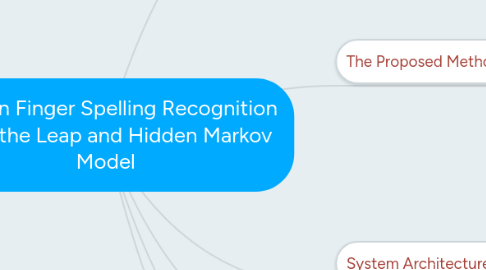
1. Introduction
1.1. The manual alphabet
1.2. Related Work
1.3. General Gesture Recognition Methods
2. The Proposed Method
2.1. The Leap
2.2. Letter to Letter Transition
2.3. Hidden Markov Model
2.3.1. Basic Structure
2.3.2. Parameter Set
2.3.3. Three Basic Problems for HMM
2.3.3.1. Problem 1
2.3.3.2. Problem 2
2.3.3.3. Problem 3
2.3.4. HMM Used in Our System
2.3.4.1. Topology - Lest to Right
2.3.4.2. Emission Probability - Mixture of Multivariate Gaussian
3. System Architecture
3.1. Feature Vector
3.2. The Training Procedure
3.2.1. HMM Initialization
3.2.1.1. Sequence Segmentation
3.2.1.2. Initialize A
3.2.1.3. Initialize B
3.2.2. Baum-Welch Algorithm
3.2.3. Expectation Maximization Algorithm
3.3. The Recognition Procedure
3.4. Bigram
4. The Software
4.1. System Implementation
4.1.1. Jahmm
4.1.1.1. Main Classes
4.1.1.2. Data Storage
4.1.1.3. Jahmm Extention
4.1.2. Class Diagram
4.1.3. Implementation Issues
4.1.3.1. Data Acquisition
4.1.3.2. Continuous Recognition
4.2. User Instruction
4.2.1. User Interface
4.2.2. Activity Diagrams
5. Experimental Results
5.1. Preparation
5.2. Experiments
5.2.1. Isolate Recognition
5.2.1.1. Experiment on Feature Vector
5.2.1.2. Experiment on Number of States
5.2.2. Continuous Recognition

